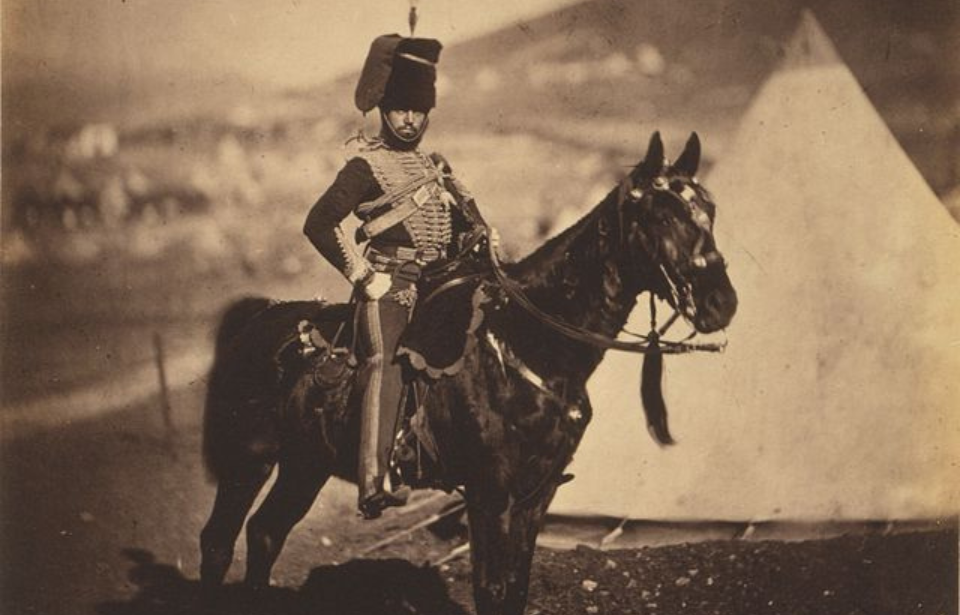Military hierarchies are built on a foundation of clearly defined ranks, each one shaping how orders are given, followed, and enforced. But not all ranks are permanent fixtures. As warfare evolves, some positions lose their relevance—phased out by advancements in technology, shifts in battlefield tactics, or broader organizational reforms.
In the sections ahead, we’ll take a closer look at military ranks that have disappeared over time. These forgotten titles offer a window into the past, revealing how the armed forces once functioned—and highlighting just how much has changed.
Cornet
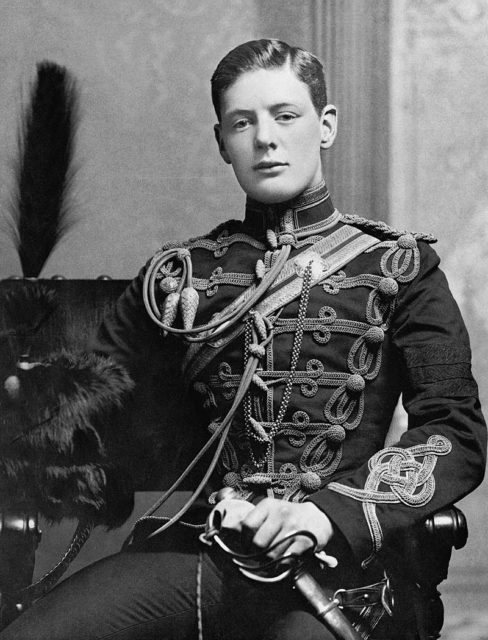
The rank of cornet in the British cavalry was the lowest commissioned officer rank, positioned below lieutenant and captain. Its name originated from the cornet, a trumpet-like instrument played by a musician in each cavalry unit, though the musician was not called “Cornet.”
This rank was abolished in 1871 as part of the Cardwell Reforms, with the second lieutenant taking its place. Other nations also used it, with one of the most famous being former British Prime Minister Winston Churchill, who served as a cornet in the 4th Queen’s Own Hussars.
Quartermaster sergeant
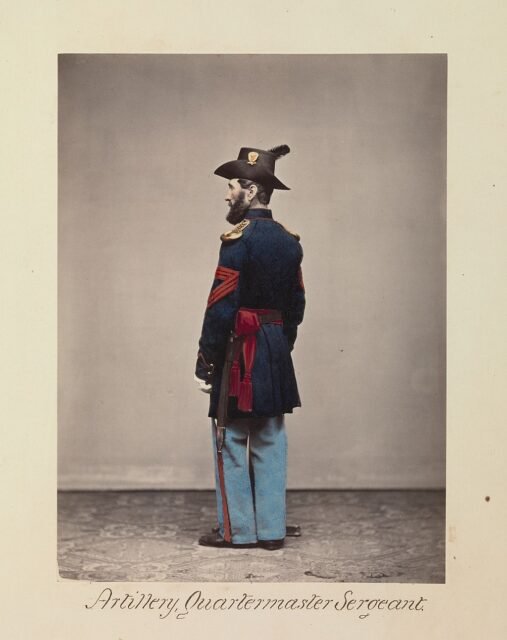
In the U.S. military, a quartermaster sergeant was tasked with managing the supplies for regiments and battalions and assisted the main quartermaster. Their job included overseeing camp setups, handing out supplies, and keeping track of the company’s equipment and property. While they rarely saw combat, they still took part in the same drills and training as other non-commissioned officers, so they could step in on the front lines if necessary.
The rank of quartermaster sergeant was discontinued in 1921 due to changes in the military’s command structure.
US Air Force chief warrant officers
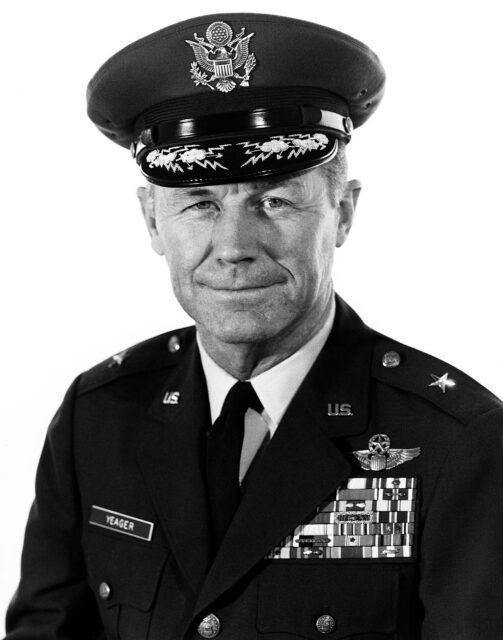
Chief warrant officers are a common presence in many militaries worldwide, including the United States – although, the US Air Force had ceased using this rank after the retirement of its last “Chief Airman” in 1992. In branches that utilize warrant officers, these individuals attain their position based on their specialized expertise within their respective service.
The Air Force had discontinued the use of chief warrant officers in 1952, deeming them unnecessary for its operations. However, amid ongoing discussions among airmen, a persistent rumor suggested a potential return of the rank.
This was confirmed in February 2024, when Air Force Chief of Staff Gen. David W. Allvin announced the plan to reintroduce it, specifically for airmen in the cyber and information technology fields. This decision aims to enhance the branch’s readiness for challenges posed by “Great Power Competition.”
Commodore
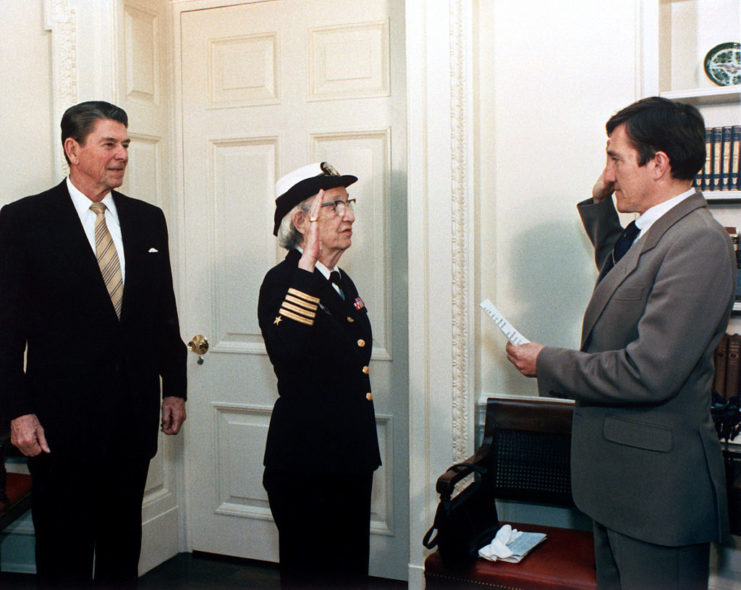
The rank of Commodore holds a special place in naval history, usually falling between the ranks of captain and rear admiral. Its name goes back to the French word commandeur, used in knightly orders to denote someone with notable authority.
Over time, the title was used both as an honorary designation and as a formal military rank. When used as a title, it was often given to senior captains temporarily put in charge of multiple ships. As an official rank, commodores commanded squadrons and reported directly to admirals.
In the U.S. Navy, the rank fell out of use in the early 1900s, then brought back during the Second World War to help manage the growing number of officers. After the war, it was removed again. It made a short comeback in the 1980s, but the Navy ultimately replaced it with “rear admiral (lower half)” to avoid confusion with ceremonial or non-military uses of the title.
Sergeant major general
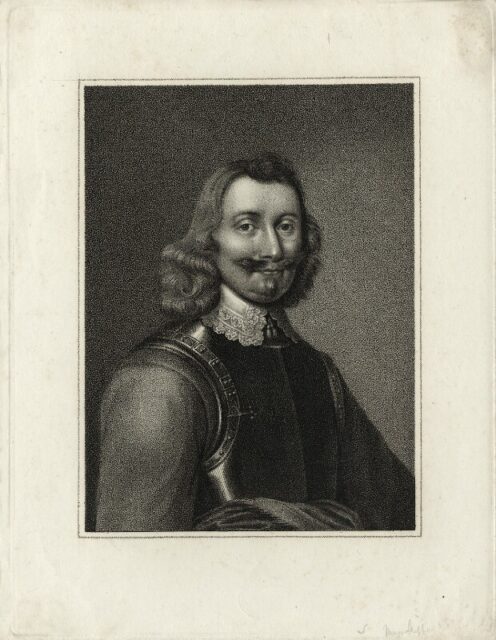
The rank of sergeant major general, which is no longer used, was once the lowest level of general. This rank often caused some confusion among enlisted soldiers because, even though a sergeant major general ranked below a lieutenant general, a major usually outranks a lieutenant—a fact that still seems a bit odd today.
Philip Skippon, a high-ranking officer in the New Model Army during the English Civil War, is the most famous person to have held this title. While some modern militias still use the rank occasionally, it has otherwise disappeared from today’s military structure.
Drum major
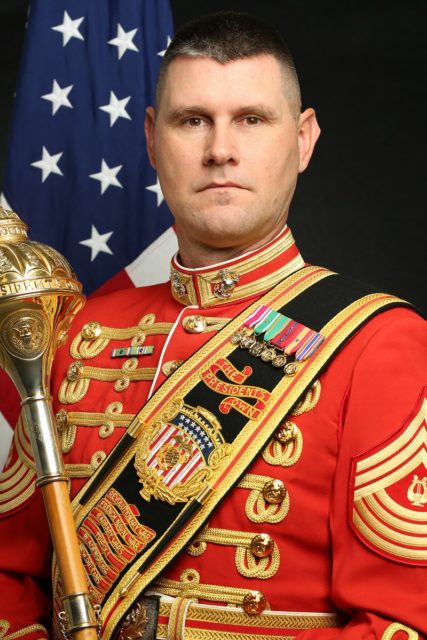
In the United States Marine Band, the title of drum major once denoted an official leadership rank, though it is no longer considered a formal rank within the Marine Corps. Despite this, the drum major still plays a vital role. They are responsible for maintaining the band’s discipline, visual presentation, and ceremonial precision.
Known for their striking appearance, drum majors wear an ornate uniform featuring a tall bearskin headpiece and carry a ceremonial mace—used not just for tradition, but to signal movements and commands to the musicians during parades and official events. Their presence remains a powerful symbol of the Marine Band’s history and professionalism.
More from us: ‘Star Wars’ Almost Started a Real-Life War… Over a Sandcrawler Model
The role still exists, but its rank no longer does. The current drum major, Master Sergeant Steven Williams, serves as the 41st Drum Major of “The President’s Own” US Marine Band. He became part of the ensemble in May 2025.
